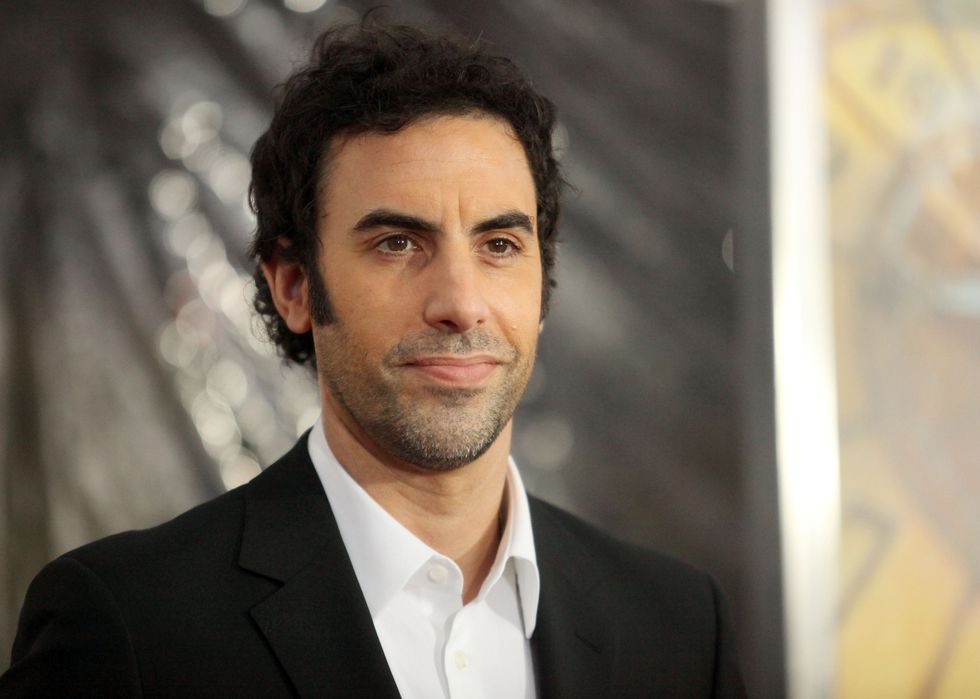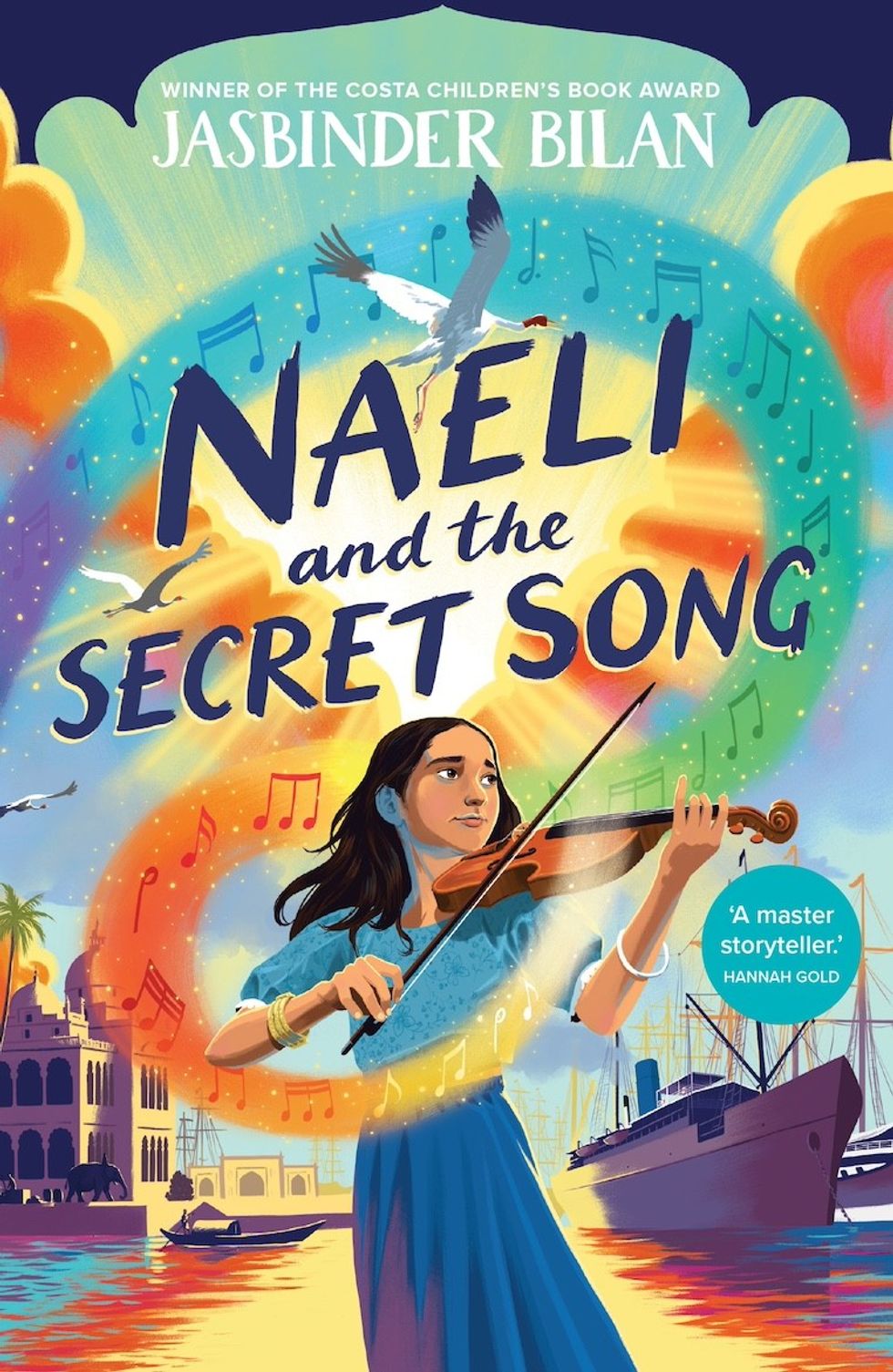Opener Rohit Sharma smashed 159 in a power packed batting show to set up India's 107-run series-levelling win over West Indies in the second one-day international on Wednesday.
Sharma put on 227 runs with opening partner KL Rahul, who made 102, as India amassed 387 for five while batting first and went on to make the three-match series 1-1 in Visakhapatnam.
Spinner Kuldeep Yadav claimed a hat-trick as the hosts bowled out the West Indies for 280 in 43.3 overs. Wicketkeeper-batsman Shai Hope top-scored with 78 while Nicholas Pooran made 75.
Yadav returned figures of 3-52 with his left-arm wrist spin after becoming India's first bowler to claim two hat-tricks in international matches. Paceman Mohammed Shami also took three wickets.
Sharma though remained the hero with his seventh century of the year, taking him past skipper Virat Kohli as the top run-getter in 2019 with 1427 runs off 27 matches.
"What's been good is in the last three games, including the one at Wankhede (third Twenty20 against West Indies) and first two ODIs, we've batted well in the first half," said Kohli.
"It's always good to get 40-50 extra. Rohit and KL were outstanding, the opening partnership set it up."
Kohli, who had a rare flop as he fell for a first-ball duck, has scored 1292 runs in 25 ODI matches.
Shreyas Iyer also tore into the West Indies attack with a 32-ball 53 as he hit Roston Chase for 31 runs -- including four sixes and one four -- in the 47th over.
His partnerships including a 73-run fourth-wicket stand with wicketkeeper-batsman Rishabh Pant, who hit 39 off 16 deliveries.
Sharma, who was dropped on 70 when Shimron Hetmyer spilled a Chase shot, was slow out of the blocks but got into his stride after reaching 50 off 67 deliveries.
The attacking batsman soon overtook his partner, who had raised his fifty in 46 balls, and went on to complete his 28th ODI hundred amid loud cheers from a capacity crowd.
Rahul recorded his third ODI hundred with a boundary off Alzarri Joseph, but lost his wicket to the paceman four balls later when mistiming a shot to third man.
- Yadav strikes -
Nicknamed the Hitman, Sharma registered his eighth score of 150 plus before edging an incoming delivery from paceman Sheldon Cottrell to the wicketkeeper.
West Indies responded strongly with Hope, who was dropped on nought, and Evin Lewis putting on 61 runs for the first wicket.
Hope then put on 106 runs for the fourth wicket with Nicholas Pooran, who survived a reprieve on 22 with Deepak Chahar dropping a simple catch at long-on off Ravindra Jadeja, hitting 75 off 47 balls.
Shami broke the stand with the wicket of Pooran and struck on the very next ball to get skipper Kieron Pollard caught behind for a first-ball duck.
Yadav then got the prized wicket of Hope with Kohli taking a superb catch in the outfield and then sent back Jason Holder stumped for 11 and Alzarri Joseph caught at second slip for nought to celebrate the hat-trick.
Debutant Khary Pierre made 21 and Keemo Paul hit 46 before being bowled by Shami as India won convincingly after losing the by eight wickets.
"We deserve to go out with a bang, our heads and shoulders are still high," said Pollard. "We'll come back and fight hard in a couple of days."
The third ODI is on Sunday in Cuttack.















 Sacha Baron Cohen debuts as Mephisto in Ironheart finaleGetty Images
Sacha Baron Cohen debuts as Mephisto in Ironheart finaleGetty Images
 Naeli and the secret song
Naeli and the secret song